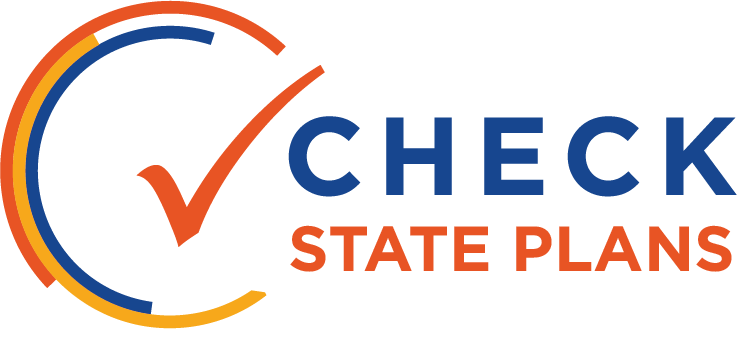
INDICATORS

D.C. has up to 14 indicators for school accountability, sometimes with only slight differences between measures.
D.C. did not provide data suggesting that each measure is sufficiently discrete to add extra information to the system, or if some of the measures are just adding undue noise. As a result, it could be difficult for educators and other stakeholders to know what D.C.’s priorities are and where schools should focus their resources and efforts.
At the high school level, including participation and performance on the AP/IB tests is a positive step and will provide a more complete picture of school success. Additionally, it is unclear whether or not all students are required to take the ACT/SAT, and D.C. should specify how it will provide accommodations for students with disabilities.
D.C.’s plan to include a re-enrollment indicator is an interesting choice given the large proportion of charter schools in the district. There is concern that this indicator could create perverse incentives for schools to seek to boost their re-enrollment score by employing practices and expending resources that might not serve students well. Similarly, the state’s decision to include both a four-year and extended-year graduation rate is beneficial; however, D.C. could place greater weight on the four-year rate. Finally, the inclusion of pre-k as an indicator is promising.
D.C.’s plan to include former English learners in the subgroup could inflate performance of current English learners.
Since exiting students tend to have higher performance, the state should monitor its data to ensure it is not masking the performance of students who are still receiving services. It is also unclear how long D.C. plans to retain former English learners in this subgroup.
 Overview
Overview




